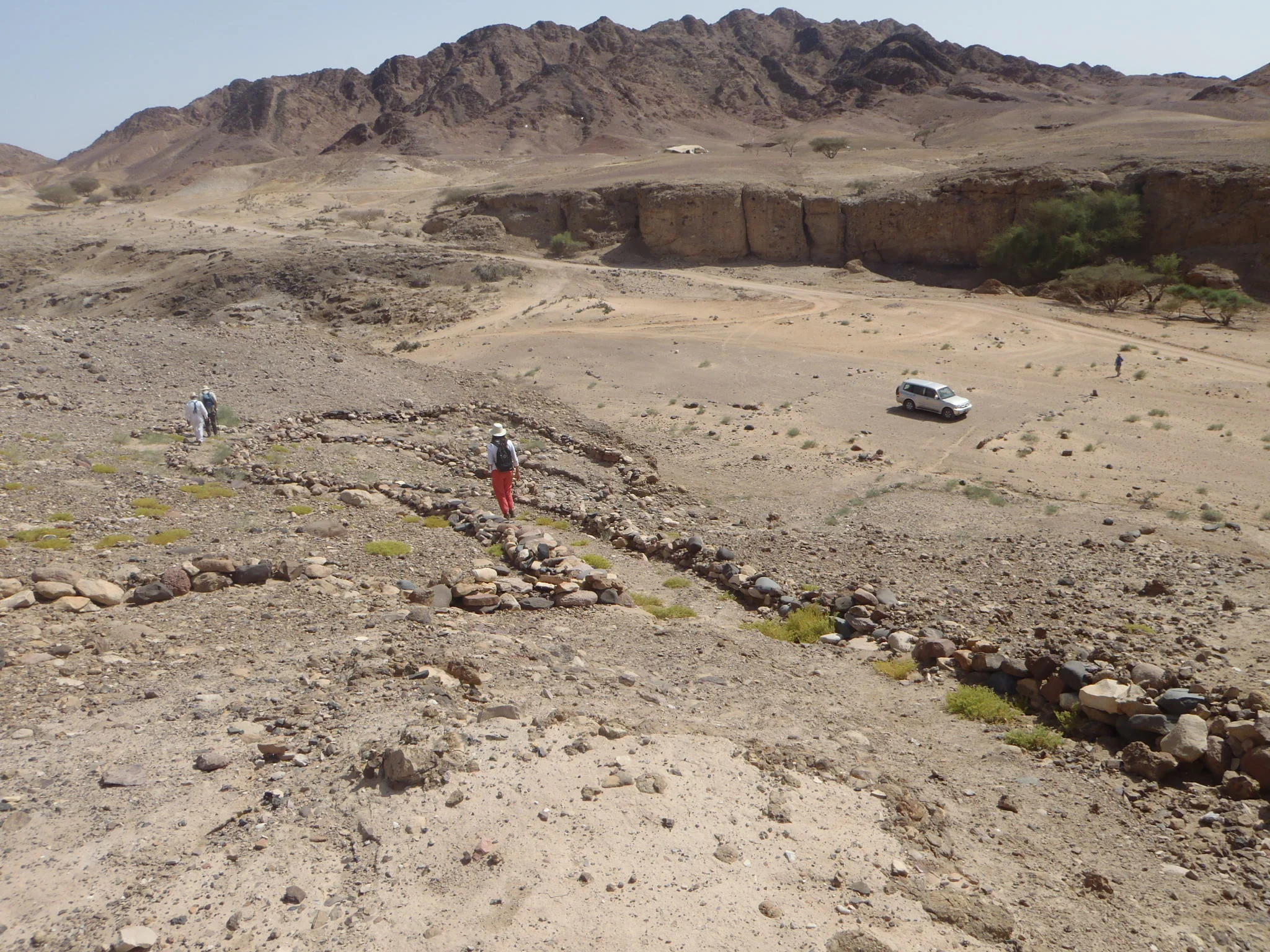Quartz or Feldspar? Which mineral should I date?
/Both quartz and feldspar are commonly used for luminescence dating. Which mineral is dated depends on its abundance in the sample, as well as its luminescence characteristics. Feldspar exists as a range of mineral species, but the one most commonly used in luminescence studies is potassium (K-) feldspar. All types of feldspar typically suffer from a phenomenon called “anomalous fading”, where the signal fades through geological time. The fading rate of each sample can be measured, however, and corrections can be made if the fading rate is not too high. Table 1 below summarizes advantages and disadvantages of both quartz and feldspar. Typically, for new sites, we don’t know which mineral will work better until we prepare and analyze the sample on a luminescence reader.
Table 1. Advantages and disadvantages of dating quartz and feldspar. Modified from Lian (2007).
1. This applies to the most commonly used luminescence signals, blue stimulated luminescence (quartz) and infrared-stimulated luminescence (feldspar). More recent signals (e.g., violet stimulated or thermally-transferred luminescence signals) are being investigated as means of extending the dating range of luminescence dating techniques.


